After the people formally known as Heidi and Spencer announced their new names, TMZ spoke with a rep from the Rosebud Sioux Tribe of South Dakota, who told us, "Continued stereotyping such as this by people ignorant of our traditional ways is very disrespectful and only hurts our efforts to curtail these stereotypes."
The rep claims they're especially upset because "the names they have given themselves are legitimate names in our tribe." And they're not the only ones pissed at the MTV couple ...
The National Indian Education Association tells us, "they have taken an inaccurate stereotypical approach to enhance their public image which is offensive to our diverse American Indian cultures."
DISGUSTING!
How about running boor and white trash, instead?
Dumb and Dumber are more appropriate names...
I realize people want to make connections to the indigenous people of American, but this just is not the way to do it...glad that the tribe made a comment. More tribes need to speak up on behalf of our culture.
How embarrassing.... for them!
Such a disgrace...
New names: Looks For Self...Finds Gaping Pit of Soulless Racism. Will that work? I could translate it into Gaelic if it will make them feel more spirchul.
Surprise!!! Native Americans Are Offended By Heidi And Spencer’s New Native American Names.
By Noah Garfinkel
That some Indians really have such names is a coincidence. These Indians inherited their names from their ancestors, who received them in a dream or vision or by doing some great deed. They did not choose their names because they sounded cool, brave, or "spiritual."
As I've said many times, if someone chose an Indian name such as Back Fat, Buffalo Hump, or He Who Yawns, I'd be impressed. It would mean they were emulating the vast majority of Indians who don't have a "noble" wolf/bear/eagle/hawk name. It would mean they were trying to connect with the reality of Indian culture, not their romantic version of it.
Of course, it still would be a brazen example of cultural (mis)appropriation. But at least the names wouldn't be blatantly stereotypical. We could concentrate on why taking "Indian names" is wrong, not why the names themselves are wrong.
For more on the subject, see Heidi and Spencer Adopt "Indian Names" and "Funny" Indian Names.




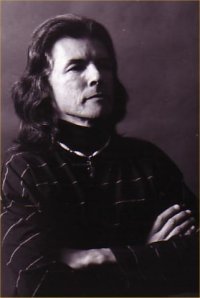

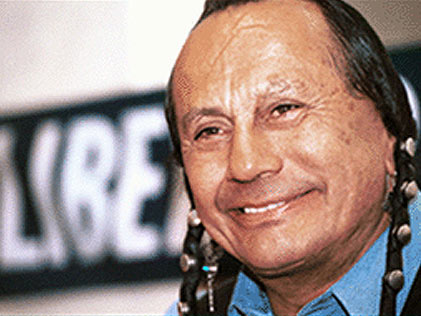

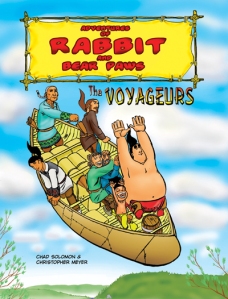






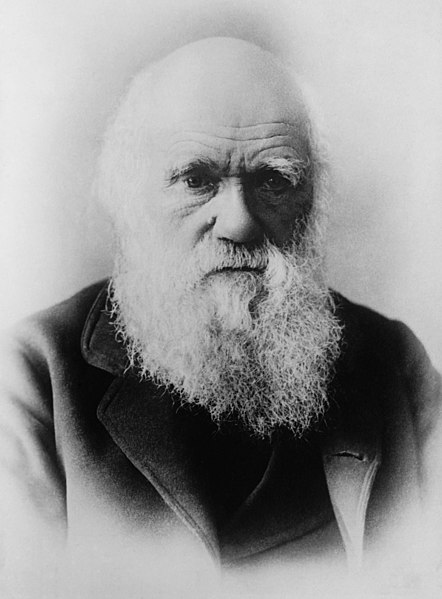
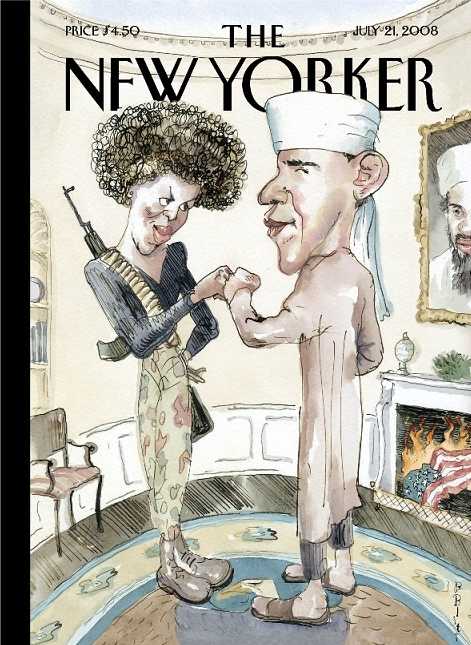




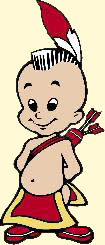







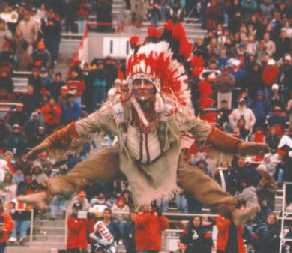
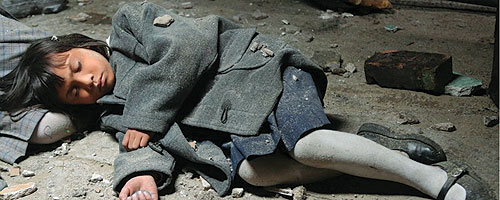
.jpg)